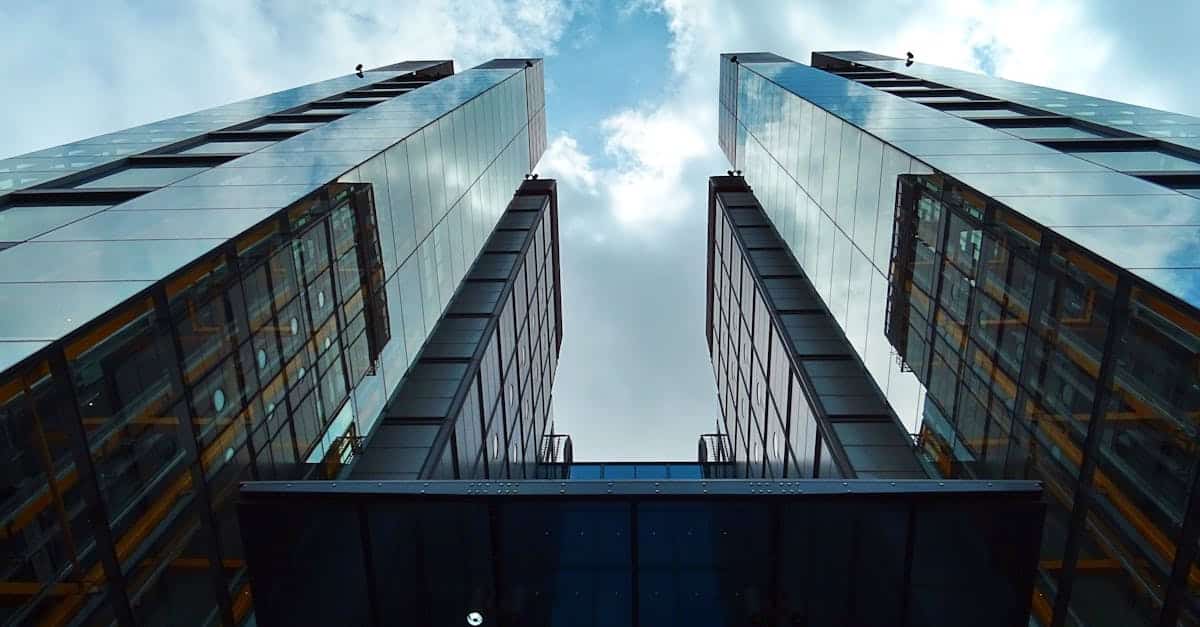Co-working spaces have emerged as essential places to foster innovation and creativity. Designed to encourage collaboration, these shared environments allow professionals from different backgrounds to meet, exchange ideas, and work together on projects. By prioritizing the welfare of users and integrating eco-friendly amenities, these spaces stand out from traditional offices by their ability to stimulate creativity and meet the expectations of a dynamical economy. The rise of co-working spaces is accompanied by an innovative vision of work, transforming how companies and startups approach their development and growth.

Co-working spaces represent a new approach to collaborative work that has evolved significantly over the past few years. These shared spaces, which host freelancers, startups, and companies of various sizes, have become innovation hubs by fostering creativity and synergy among the different participants. By offering a flexible and dynamic framework, co-working spaces encourage the sharing of ideas and expertise, enabling new solutions and innovation to emerge.
Within these environments, creative collaborations are facilitated by carefully designed layouts. Unlike traditional offices, which can often be perceived as rigid and uninspiring, co-working spaces are differentiated by their open and welcoming atmosphere. Communal areas, shared work zones, and various amenities promote contact between members, leading to rich and inspiring exchanges.
Another important dimension of co-working spaces is their ability to adapt to the diverse needs of their users. Growing companies or entrepreneurs in the early stages can benefit from this real estate flexibility to avoid heavy investments in infrastructure. These facilities offer temporary and modular rental solutions, allowing companies to focus on their growth and adjust their workspace according to their needs without having to commit long-term.
Moreover, the importance of employee well-being in these spaces has taken a prominent place in their design. Many co-working spaces integrate eco-friendly amenities, providing a work environment conducive to productivity and employee health. Currently, in 2024, there is a trend toward offices that prioritize comfort, natural light, and relaxation areas, which helps reduce stress and encourages creativity.
From a technological perspective, the impact of artificial intelligence is also beginning to transform the experience of users in co-working spaces. AI-based solutions allow for the optimization of space management, analyzing users’ needs, and offering personalized experiences that enhance productivity. These technological innovations also foster more effective interactions among members by facilitating connections and encouraging collaborative projects.
Business incubators associated with co-working spaces are another excellent example of the innovation generated by these environments. Indeed, they not only provide a workspace but also resources, training, and a support network. This combination of factors fosters the emergence of new ideas and skills while supporting young companies in facing market challenges.
Through the use of co-working spaces, professionals discover how co-location and proximity to other actors can play a crucial role in stimulating innovation. By meeting individuals from diverse backgrounds and sharing their experiences, professionals work together, sparking collective creations while enriching their network and skills. Thus, these spaces position themselves as true catalysts of innovative ideas and professional synergies.











